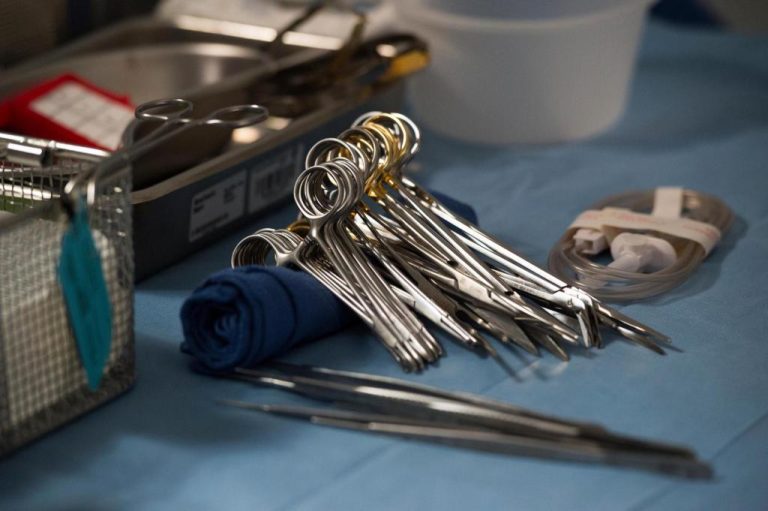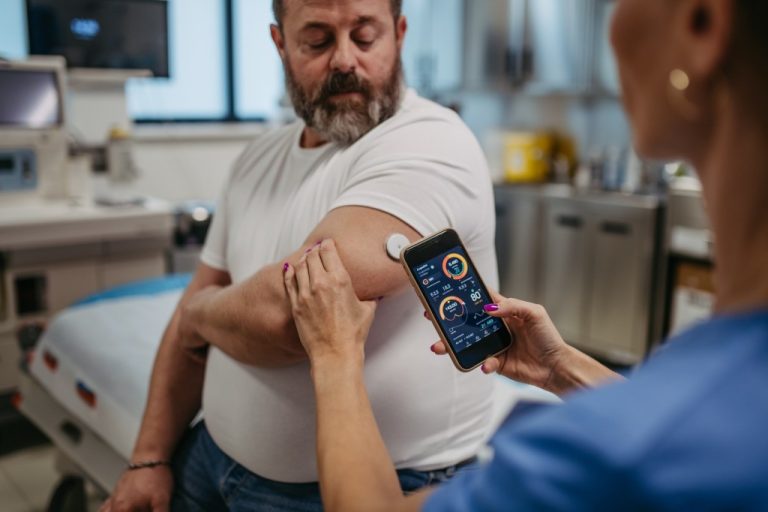
by Chris Velazco
The Washington Post
Over the last decade, I’ve noticed myself becoming that guy at parties and dinners. You know — the one who always busts up a conversation with a “Say again?” or a “Can you repeat that?”
Years of listening to loud music probably hasn’t helped. But for some people, popping in a pair of AirPods just might help.
Thanks to some recent software updates, you can use a pair of Apple’s AirPods Pro 2 earbuds to take a hearing test, more proactively protect your ears from loud sounds, and in some cases, stand in for more conventional, over-the-counter hearing aids.
Frankly, you should consider taking some of these features for a spin, even if you’re convinced you can hear a pin drop. If left untreated, even mild levels of hearing loss can contribute to cognitive decline, and the tools to help you ahead of these issues might be packed into gadgets you already own — or were planning to buy anyway.
Here’s what you should know about how Apple’s new hearing tools work.
Setting a baseline
About 15 percent of American adults have reported some kind of hearing difficulty, according the National Institute on Deafness and Other Communication Disorders. If you’re one of them and have a set of AirPods Pro 2s, taking a hearing test can be an illuminating first step. (Just remember to follow up with a medical professional if your results suggest you need some help.)
The test, in which you tap your phone’s screen every time you hear a specific tone, takes about five minutes to complete. And my results came as an immediate surprise: my iPhone reported I had “little to no” hearing loss.

To gauge the quality of Apple’s work, I checked in with Dr. Jenna Cullinan, an audiologist near San Francisco’s Union Square, for a professional test that same day. After twenty minutes in a soundproofed booth repeating words aloud and pressing buttons when I heard telltale tones, the verdict was in.
Cullinan said the results of my five minute AirPod hearing test were “pretty close” to what the her more in-depth examination found. The big difference? My in-person test results indicated that my hearing was actually a little better than my AirPods had surmised.
That was great news, even if it didn’t quite make sense to me. All this time, I had assumed my difficulty in understanding people was a sign of a more serious hearing impairment.
Not so, according to Cullinan. It’s not uncommon for some people’s brains to be better at filtering out noise than others, she said, before adding that there are ways to train the ways we listen and process sounds.
My advice? No matter what your iPhone tells you about the quality of your hearing, it’s worth checking in with a professional if you sense something’s amiss.
AirPods as hearing aids
Even if they gave my ears a pass, Apple’s AirPods still pushed me to learn more about my hearing. But what if your hearing test results say you really do have a hearing impairment?
You could try a pair of over-the-counter hearing aids, designed for folks with mild to moderate hearing loss. Prices can vary pretty dramatically, but you can expect to pay upward of $1,000 for a well-reviewed pair. Or you could try Apple’s AirPods.
Nathan Starr, a 52 year old hydrogeologist from Olympia, Wa., did both.
Diagnosed with congenital hearing loss at a young age, Starr has regularly worn hearing aids since he turned 28. And for the last four years, his earpieces of choice were a $6,000 pair made by a company called Phonak, which he’s stuck with despite dabbling with more affordable OTC hearing aids.
But at the end of October, he gave up his beloved Android phone to try a new iPhone and AirPods — and he says he plans to keep them.
If his $6,000 hearing aids are like a Mercedes, Starr said, the AirPods Pro “are coming in like a Subaru.” They’re not just cheaper; they’re “reliable, utilitarian,” and they’ve helped him keep up with conversations in the wilderness as well they have in his daily life.
“I was able to talk to my partner and four other people scattered around this large area while it was pouring rain on a tin roof,” Starr said of a recent trip to Hawaii when he used AirPods as hearing aids full-time. That would’ve been tricky even for his Phonaks, he added.
He said he also found the AirPods’s sound quality easier to customize to his tastes compared to his existing hearing aids, even though switching from Android to Apple has been a headache.
But that’s not to say they’re the ideal choice for everyone dealing with hearing loss.
For some, the AirPods Pro’s batteries may be an issue. Apple says its new hearing tools have a negligible impact on the AirPods Pro’s battery life. But at best, that still means you’ll be able to use them for between five and six hours at a time.
More conventional over-the-counter hearing aids, meanwhile, have batteries that run closer to full days before requiring a recharge. And that’s important for reasons beyond just convenience.
Hearing aids can dramatically change the way the world sounds to us, and different models can come with their own quirks. (In Starr’s case, the AirPods seemed to amplify “knocking” or percussive sounds more than his usual hearing aids, he said.)
It takes time to “retrain” the brain to get used to these new soundscapes, says Cullinan. That’s why she says it can be helpful for people who need hearing aids to wear them all the time, not just when they think they need them.
For now at least, there’s also a kind of social stigma that can come with wearing AirPods all the time.
Since Apple’s first pair launched in 2016, the company’s wireless earbuds have in some circles become a symbol of disengagement from the wider world. To Starr, that feels especially inappropriate in professional environments, like in his client meetings or the office he works out of three days a week.
His answer? Wearing his fancy Phonak hearing aids around his co-workers, and switching to the AirPods once he leaves for the day.
Cullinan, meanwhile, isn’t as quite as concerned about what AirPods signal socially.
They may fall short of the hearing aid ideal, but “even if people wear them nonstop, as long as it’s something they’re finding benefit from, I’m happy about that,” she said.
“I just want people to hear better,” Cullinan added.
How to take a hearing test on your iPhone
Here’s how to take a hearing test for yourself. Just make you’re in a quiet space.
• Open the Health app on your iPhone, then tap “Browse” in the bottom-right corner
• Under “Health Categories,” find and tap the “Hearing” option
• Scroll down until you see the button labeled “Take Hearing Test”
• Pop in your AirPod Pros and follow the on-screen instructions.







